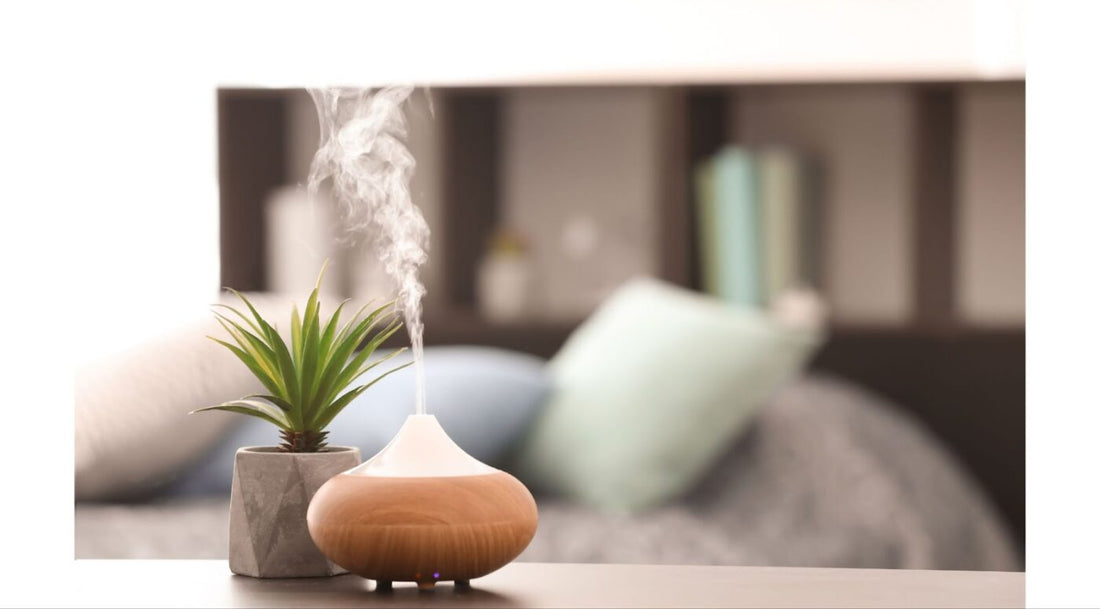When moving toward a healthier lifestyle, we prioritize our diet, mental health, and physical health, but we often forget to consider the environment of our home. Creating the right environment at home depends on you — you can either create a space that improves wellness and wholeness, or you can end up with a space polluted with toxins that burden your body.
To create a cleaner home environment, one of the biggest favors you can do for yourself is to cut down on the toxins you allow into your home. In this blog, we will discuss the easiest and most effective ways to help reduce toxic exposure.
Filter Your Water
From cooking to washing to basic hydration, water is everywhere!
You may think that your local water department is taking care of the provision of purified water. The truth is that most tap water still contains toxins that can be dangerous for your health. Buying bottled water is not an environmentally-friendly option and is relatively expensive.
The most feasible solution is to filter your water using a water pitcher filter or a reverse osmosis filter. You can also use a countertop water filter. It is portable and can be installed within 10 minutes.
Buying a water filter for your showerhead is also a good idea. It will protect your hair and skin from toxins, especially if you have sensitive skin.

Switch To Eco-Friendly Cleaning Products
Most cleaning products are a significant source of toxins in your house — how ironic?
Traditional cleaning products are made of harsh chemicals that are harmful to the home’s environment and your health. Air fresheners, fabric softeners, and drain cleaners are all examples of extremely toxic products.
It is important to look for products that are formulated without these dangerous chemicals. For instance, you can try using ECOS enzyme drain maintainer, Biokleen stain and odor remover, Truce wood cleaner, and Bon Ami cleaning power. You can also use baking soda, borax, white vinegar, or lemon juice for different cleaning purposes.
Use Safer Alternatives For Scented Candles And Air Fresheners
These artificial fragrances are one of the easiest ways for toxins to enter your home. A recent study has claimed that burning synthetic candles equals someone smoking one cigarette! Similarly, air fresheners release over 100 different chemicals that contain volatile and semi-volatile organic compounds.
Natural options, such as beeswax and soy candles, essential oil diffusers, and homemade sprays, are great alternatives.

Enhance The Air Quality
Breathing clean air plays an important role in a healthy lifestyle.
There are multiple simple ways to purify the air in your home. On pleasant days, open the windows to allow fresh air to circulate. For days when you can’t do that, rely on exhaust fans in kitchens and bathrooms. Adding plants to your homes will further improve the process of filtering the air.
Investing in a Himalayan salt lamp can do wonders for your home. They will attract air pollutants, multiply the ions we require, and cancel out the effect of electronics. Lastly, purchase a good air purifier, such as Honeywell HPA100, to remove all kinds of allergens and smoke particles.

Creating a toxin-free home can become a lot more trouble-free and straightforward if you educate yourself and become more mindful about the things you allow in your home and the practices you carry out daily.
Starting off with basic steps like a “no-shoe policy” indoors, regular cleaning, and adequate ventilation – to implementing more thoughtful steps like reducing humidity levels and opting for safe and green options can entirely transform your home’s environment!
We hope this blog helped walk you through creating a safe, healthy, and fresh environment for your home. We will be exploring this topic in a much deeper way on our podcast, Design With Purpose and on upcoming blog posts. Stay tuned!




